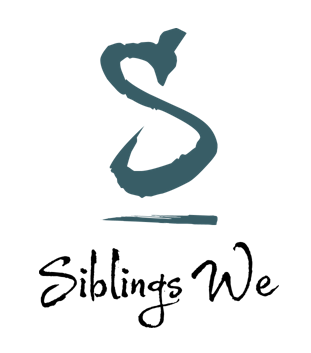


Myra here.
It’s Monday, What are You Reading is a meme hosted by Jen from Teach Mentor Texts and Kellee and Ricki from Unleashing Readers (new host of Monday reading: Kathryn T at Book Date).
#DecolonizeBookshelves2022

For 2022, our reading theme is #DecolonizeBookshelves2022. Essentially, we hope to feature books that fit any of the following criteria:
-
Postcolonial literature and/or [pre/post] revolutionary stories
-
Stories by indigenous / first-nation peoples / people of colour
-
Narratives of survival and healing, exile and migration, displacement and dispossession
-
Books written or illustrated by people who have been colonized, oppressed, marginalized

My Two Border Towns [Amazon | Book Depository]
Written by David Bowles Illustrated by Erika Meza
Published by Kokila (2021)
ISBN: 9780593111048 (ISBN10: 0593111044). Borrowed via Overdrive. Book photos taken by me.
A young boy is woken up early by his father on a Saturday. It is that time of the month when they take a long road trip across their two border towns to run errands for family and friends. For other families, this could mean going to the grocery store or pharmacy several miles across town – but for this young boy and his father, there are security-regulated borders and passport inspections that are required to have access to a town that is essentially “a twin of the one where I live.”

The reminder of the boy’s father as can be seen in the image above is especially telling, as it drives home the arbitrariness of all these borders and patrols and boundaries that politicians make to keep one group of people from another: simply because they can.
Dad reminds me: Coahuiltecans once lived here,
before all this was Mexico – both riverbanks.
The other town across the riverbank is practically identical to the young boy’s home, with family and friends who are waiting for treats and news from the other side of town.

The town is vibrant and I especially liked the description of how English was spoken as can be seen in the image above. There was a time when speaking in “good English” is a status symbol, a requirement before one is accepted or welcomed to a community. Now, increasingly, there is a recognition of how the language can be appropriated for a cultural group’s use – that language is malleable, dynamic, owned by no one group of people.

I appreciated the deceptive light touch to the narrative, despite its underlying heavy-going theme – particularly towards the end. There is a deftness, almost a sleight-of-hand, in the storytelling that is almost gentle and quiet – making it all the more effective in raising important questions about refuge, migration, and the inflexibility of arbitrary powers that define notions of legality according to commerce and fear of the other.
I would have liked an Afterword that provides more information about the Coahuiltecans and the two border towns and the inspiration behind the story. However, its absence will only urge teachers and parents to conduct their own research to make the story more powerful when shared with young people.
The image above with the paletero man made me pick up another Overdrive find as you can now see below.

Paletero Man [Amazon | Book Depository]
Written by Lucky Diaz Illustrated by Micah Player
Published by Harper Collins (2021)
ISBN: 9780063014442 (ISBN10: 0063014440) Borrowed via Overdrive. Book photos taken by me.
I was prompted to find my Overdrive copy of this book after reading My Two Border Towns that referenced a paletero man. I did not know about Latin Grammy winner Lucky Diaz, author of Paletero Man, until I read this colorful picturebook. One thing is clear, though: the story sings. I feel the words in my mouth, even as I was reading the book in my head.

The story also reminded me of the many intersections across a variety of cultures. For example, in the Philippines, we do have a Mamang Sorbetero who sells different flavored “dirty” ice cream in exactly this fashion – but in a cone.

Singapore has its own version with the 1 Singapore dollar ice-cream that is more like a slab of ice cream covered either in bread or wafer:

Back to the story: this young boy was rushing to find the Paletero Man that he barely has time to say hello to his neighborhood friends while trying to figure out from which direction the Paletero Man’s voice may be coming from.

I normally do not gravitate towards rhyming text – but there is a beat, a cadence to this narrative that thumps. It begs to be read aloud with so much rhythm and panache. The underlying themes of community and looking out for each other and the power of kindness are also very playfully interwoven into the narrative that it rings true. Check out the video of Paletero Man, the song by Lucky Diaz and his band:
The Author’s Note was especially illuminating as Lucky Diaz describes his childhood growing up in Los Angeles and how he was inspired to make this book for his own daughter:
The smell of street tacos, the vivid rainbow colors of vendor umbrellas, and the sounds of children choosing their favorite flavor from the paletero cart on a Saturday afternoon. These are some of the sights and sounds of Eighth Street in Los Angeles. My neighborhood, my home, and my inspiration for Paletero Man – the book and song.
Lastly, here is a video on how you can make your very own paletas as taught by Lucky Diaz himself and his daughter. How awesome!
Do you have any suggestions for our reading theme? We will be happy to hunt your recommended books down.

#DecolonizeBookshelves: 11/12 out of 100
January 31, 2022 at 06:31AM Myra Garces-Bacsal


